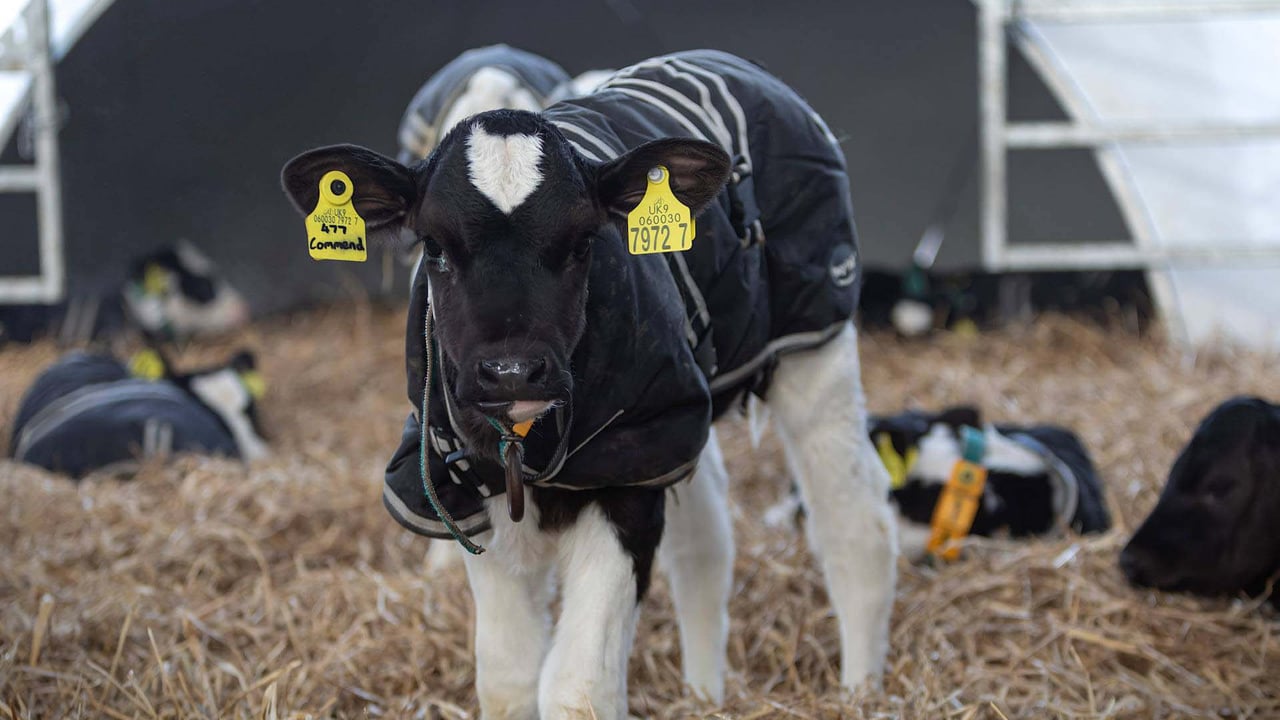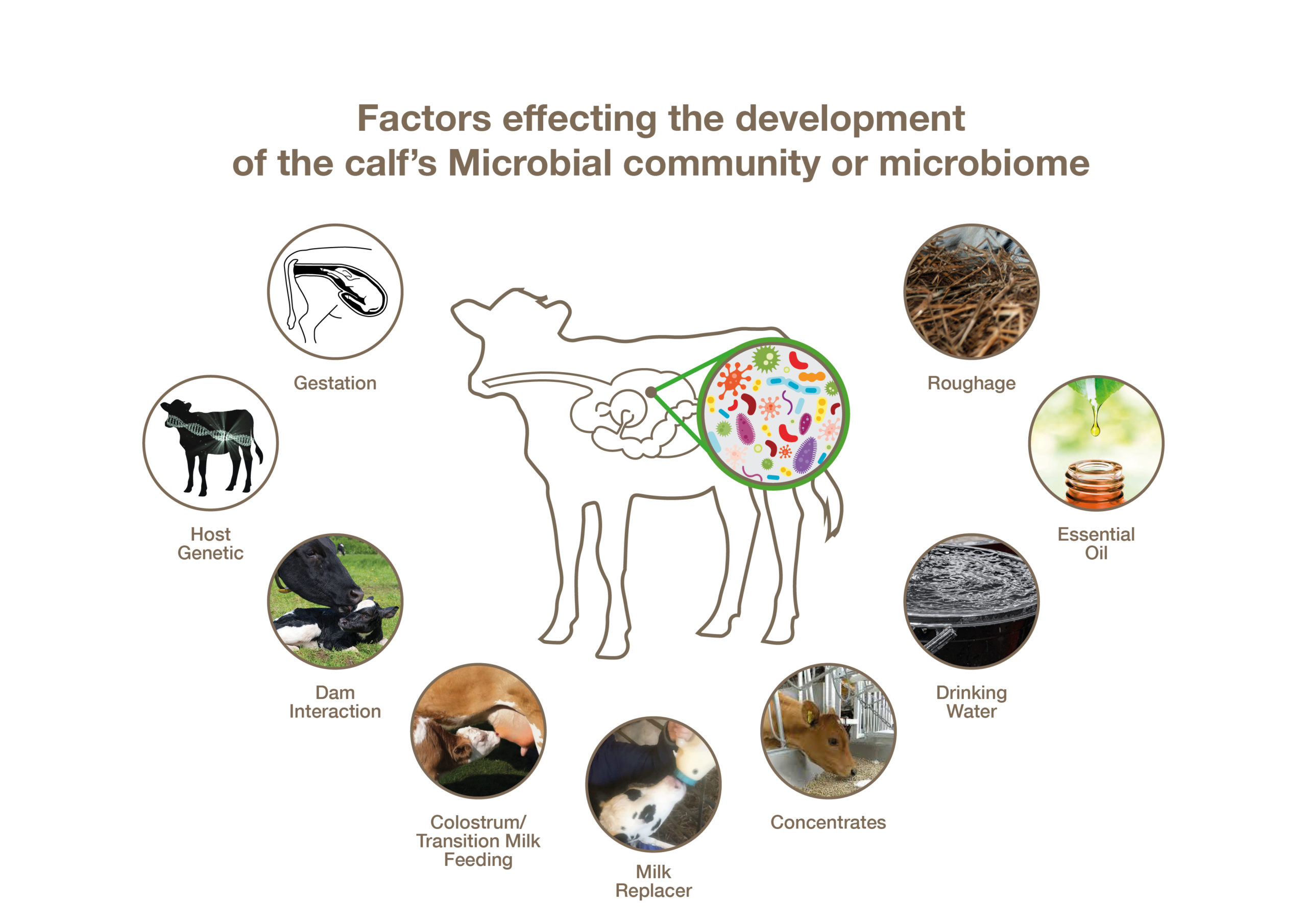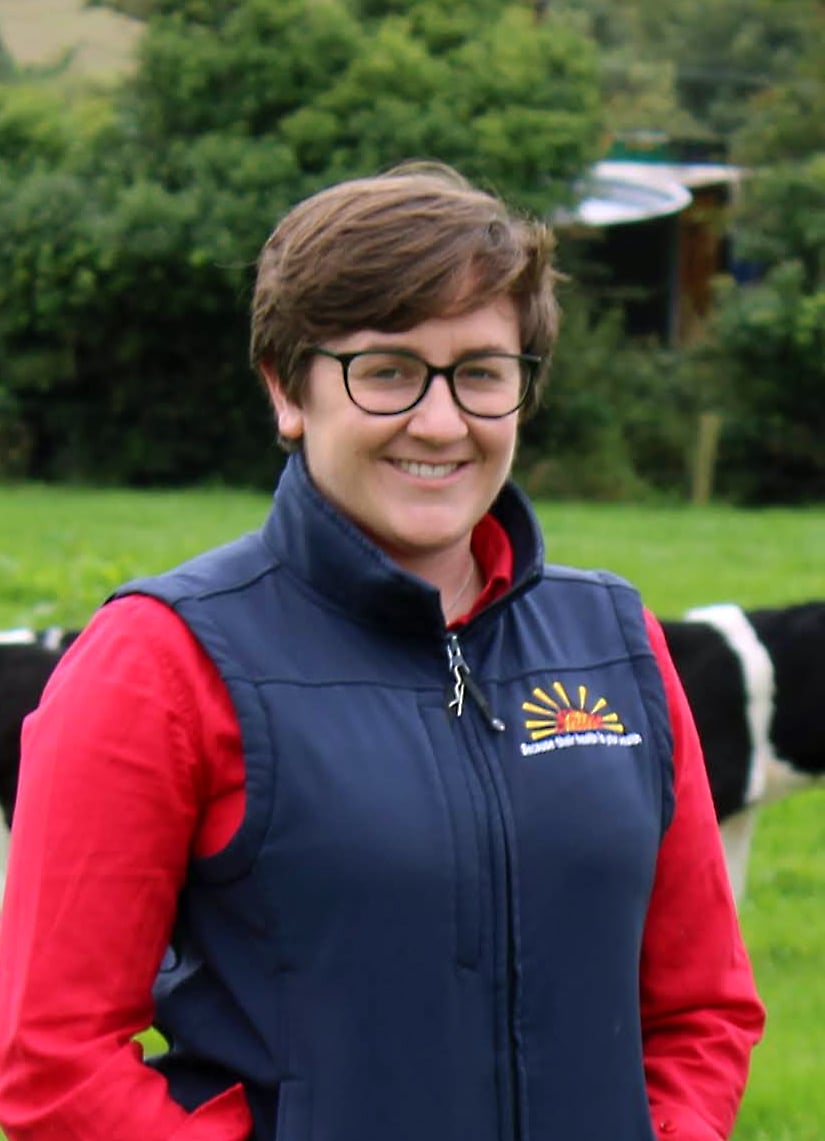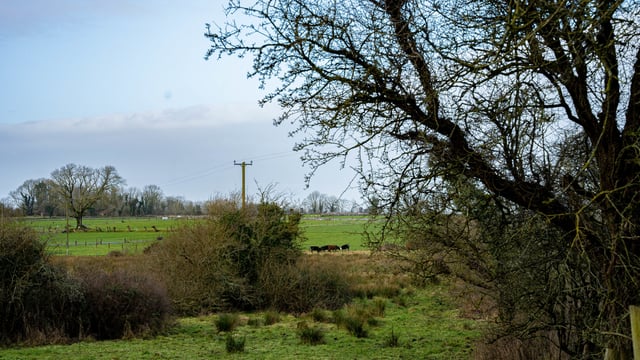Sponsored Article

Sponsored Article
Key components of a successful start for a healthy calf
Sponsored Article

Newborn calves are very vulnerable and keeping them healthy and growing to achieve their full potential requires planning and attention to detail, including putting systems in place to promote a healthy gut microbiome.
In the latest CalfChat discussion, farmers shared their experiences and opinions on calving and the first days of life, from calving facilities to feeding.
Although the entire rearing process requires great focus, it is the first days and weeks that are especially critical - it can be a challenge to get it right and it can be especially demanding in a seasonal calving system given the number of calves being born in a concentrated period.
When it comes to transition milk, 4% of CalfChat participants were unaware of what exactly it is, which is the milkings after colostrum and before whole milk.
Recent research has supported further evidence on how critical transition milk is.
It contains much of what colostrum does, except lower levels of that first critical antibody (IgG), said Dr. Christine Cummins, of Bonanza Calf Nutrition.
“It is essential for supporting a healthy microbiome,’’ she said.
How critically important it is to support the microbiome in calves, even before birth, has recently become apparent.
Awareness of the microbiome with calves is only developing now, with 60% of participants not knowing what it was. Recent research is beginning to highlight the importance of it in calves.
The microbiome is made up of all the microbes in the calf’s system, the good and the bad.
The bugs encountered from before birth, from the birth canal, the housing environment, other animals, humans and feed, all contribute to the health of the microbiome.
“A healthy microbiome equals a healthy calf because it means the good microbes are the predominant microbes in that calf’s system,’’ said Dr. Cummins.
Transition milk is key to nurturing a healthy microbiome as it contains the good bugs such as lactobacillus and it contains prebiotics, including oligosaccharides, which promote the growth of good bacteria.
These aid healthy digestion and immune function, making the calf stronger to fight against disease.
Among the CalfChat participants, half had experienced a challenge of cryptosporidium in the first week of a calf’s life, 25% had an unknown challenge and 17% had the challenge of rotavirus within that period.
“Getting a good start with sufficient levels of high-quality colostrum and transition milk in the first days of life is key, along with high standards of hygiene in the calf’s environment and in the equipment used to minimise challenges and maximise the calf’s fight against them when they do occur,’’ said Dr. Cummins.
The majority of CalfChat participants indicated that they used group calving facilities - very few used single pens.
When group pens are used, it is more important than ever to have somewhere to move calves to immediately after birth as the calf will be exposed to multiple cows and therefore potentially more bugs before the immunity the obtain from colostrum kicks in.
7% of participants left calves in the calving pen for the first few days of life.
Dr. Cummins said even having a temporary pen to house calves born in each 24-hour period is preferable to this, to reduce exposure to pathogens.
When it came to cleaning out protocols, 16% of participants said they cleaned calving pens once in the season and 37% had no set time for doing this.
Dr. Cummins recommends that in these cases, extra bedding and moving calves as soon as they are born whenever possible as this can greatly reduce disease pressure in the first weeks of life.
When it comes to colostrum, earlier collection means greater levels of antibodies are available to the calf.
This can be difficult to achieve in an intensive calving system - 56% of CalfChat participants collect during the milking that follows after a cow calves.
Using a Brix refractometer with scale of 0-32% provides good guidance on levels of antibodies in colostrum.
26% of CalfChat participants said they used a mobile milker to aid the early collection of colostrum.
Dr. Cummins believes it is essential to have good washing protocols as bacteria can build up rapidly in collection equipment, compromising a calf’s ability to absorb the essential antibodies for the development of its immune system.
It is important to be aware that bacteria can multiply rapidly in stored colostrum and transition milk, particularly in the first hours post-collection, whatever the storage method.
25% of participants said they stored colostrum in the dairy or calf shed which is a high-risk environment as bacteria will grow quickly in this scenario, even during cold spells.
Using a fridge and refrigerating colostrum immediately after collection is the best method for short term storage, to minimise bacterial growth, said Dr. Cummins.
Freezer storage is a method 50% of participants said they used; this is an excellent method for storing back-up supplies but defrosting can be tricky as water should be warm, not hot, and it can negatively affect other very important components of colostrum.
“Using a fridge for storing colostrum for two to three days, especially during peak calving, is a method worth considering,’’ Dr. Cummins advised.
The next CalfChat will be held on Thursday, January 6, at 8:00p.m, when hygiene at calving will be the topic of discussion in conjunction with dairy hygiene experts from Progiene.
“Stay tuned for all the top tips and latest developments via the CalfChat social media pages,’’ said Dr. Cummins.
Sponsored Article








